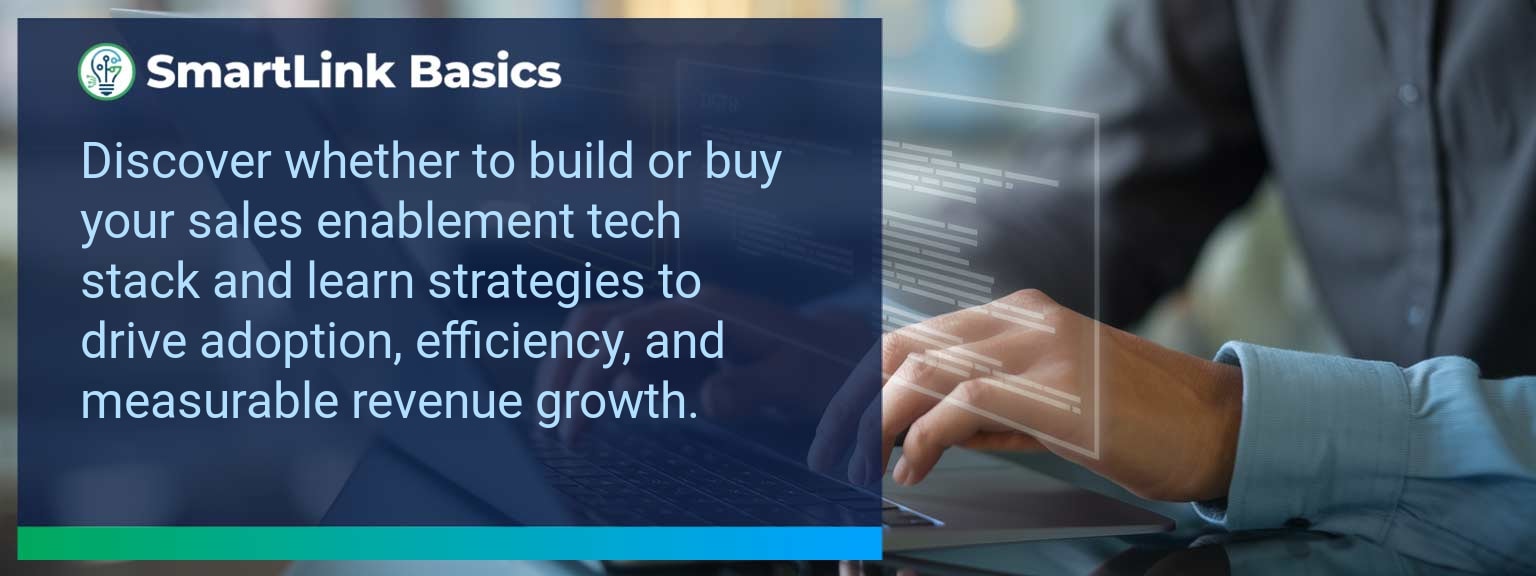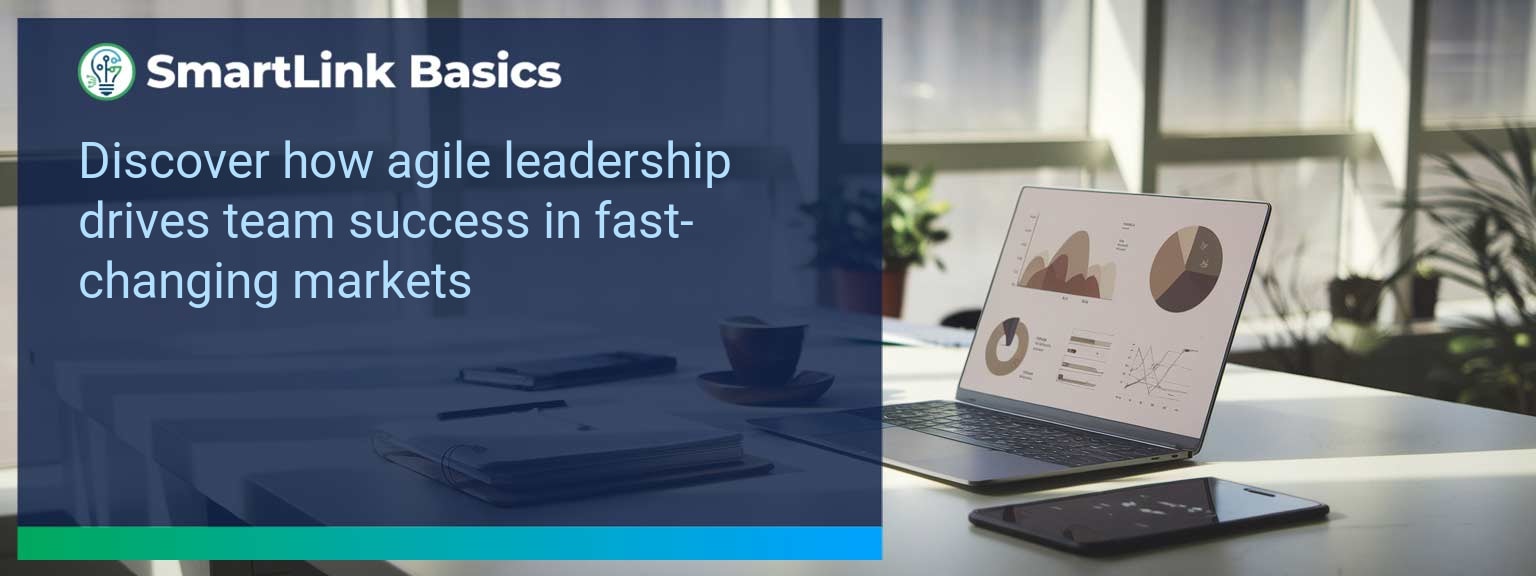Task Automation Steps: How to Seamlessly Transition Your Workflows
Sales leaders who fail to streamline repetitive, manual processes risk slower deal cycles and reduced conversion rates. According to McKinsey, over 30% of sales activities can now be automated using existing technology. At SmartLink Basics, we work with organizations that are replacing outdated workflows with precision-built automation frameworks, freeing time for high-value selling. This article outlines the essential task automation steps for transitioning your business processes without compromising accuracy or customer experience. You will learn how to identify operational friction points, select the right automation tools, measure impact, and scale automation across multiple workflows.- Map existing workflows to pinpoint inefficiencies
- Select automation software that integrates with current systems
- Redesign processes to leverage automation fully
- Implement in controlled phases to minimize risk
- Track quantitative and qualitative performance metrics
Identifying Process Bottlenecks And Inefficiencies In Task Automation Steps
The first stage in transitioning workflows involves performing a meticulous audit of existing processes. Sales and operations leaders must identify repetitive tasks that consume significant time yet provide minimal strategic value. These often include CRM data entry, lead routing, and routine follow-up emails. Identifying bottlenecks is essential because automation will amplify whatever exists—whether efficient or flawed. For example, automating a poorly structured lead qualification process can scale the inefficiency instead of removing it. Map each workflow step, record time spent, and document dependencies between teams. This creates a clear baseline for automation prioritization and sets the stage for measurable improvement.Implementing Tools And Strategic Steps For Workflow Automation
Once inefficiencies are defined, the next move is selecting automation tools aligned with your business ecosystem. The ideal automation software integrates seamlessly with your CRM, marketing platforms, and collaboration tools. This ensures consistency in both data handling and customer engagement. A controlled rollout is critical. Begin by automating a single process such as prospect enrichment or quote generation. For example, one SaaS provider automated contract approvals, reducing turnaround from five days to under 48 hours. Early successes build buy-in and confidence across teams. Treat task automation steps as a continuous improvement cycle—plan, execute, measure, optimize. This establishes a culture of operational agility and keeps adoption rates high.Measuring Improvements In Workflow Efficiency
Measuring success involves tracking both leading and lagging indicators, as well as quality metrics. Leading metrics highlight early signs of success, such as faster CRM updates, while lagging metrics validate business outcomes like revenue gains. Quality metrics ensure that automation does not diminish client satisfaction. Embed KPIs directly into your automation dashboard. For example, monitor average deal cycle time to validate time-saving techniques and customer feedback scores to measure experience impact.| Category | Metric | Definition | Target |
|---|---|---|---|
| Leading | Process Completion Time | Average time to complete designated workflow steps | -25% in 90 days |
| Leading | Automation Adoption Rate | % of users actively engaging with automation tools | 90%+ |
| Lagging | Revenue Per Rep | Average revenue generated per sales representative | +15% YoY |
| Lagging | Deal Cycle Reduction | Average days from lead qualification to close | -20% |
| Quality | Customer Satisfaction Score | Feedback rating from post-interaction surveys | ≥ 4.5/5 |
| Quality | Error Rate Post-Automation | % of process errors after automation deployment | < 2% |
Expanding Automation Across All Operations
With initial processes stabilized and performance validated, expand automation to adjacent workflows. This could mean integrating workflow automation into customer onboarding, renewal management, or campaign execution. Scaling requires structured governance. Assign ownership for monitoring automation tools, updating processes, and capturing lessons learned. A B2B manufacturing firm, for example, expanded from automated purchase order processing to full supplier-side supply chain automation within 18 months, halving administrative hours. Use expert insights from SmartLink Basics to refine automation strategy as your operational needs evolve for long-term scalability.Get the 90-day plan, coaching rubric, and dashboard template to operationalize AI in your enablement program.









